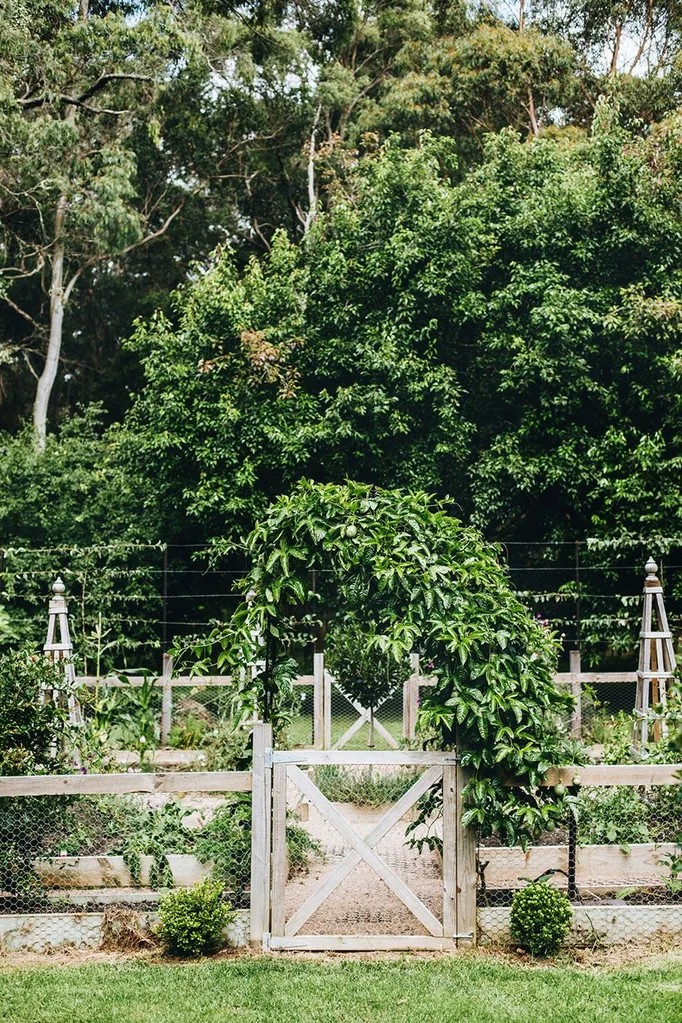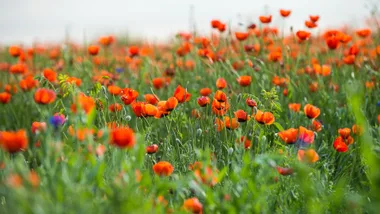It’s all too easy to forget all about the garden in winter. Autumn is a rush of planting, and spring is when all the hard work finally pays off, but braving the cold temperatures and icy winds to weed, water and nurture can sometimes be too much to bear. But if you rug up and get outdoors to care for your garden, your backyard will thank you in spades (excuse the pun) over the coming months.
We spoke to the gardening experts at HiPages to find out how to best care for your garden in winter.

1. Maintain your lawn
A healthy, green lawn can boost your property’s value, so keep it in tip top shape even as the weather cools. Winter is a wonderful time to aerate your lawn. Aerating your lawn will prevent the soil from becoming compacted, which prevents water penetrating down the the roots.
For a small lawn, grab a pitchfork, pierce the ground, agitate the soil a little by giving the fork a jiggle as you bring it up and repeat this process until the whole lawn has been treated. For a larger lawn, you may need to hire a lawn aerator to get the job done.
Another way to give your lawn some TLC is to top-dress it with sand or loam. If water puddles continue to appear, try using a hose-on wetting agent. These products work by breaking down the soil to allow moisture to penetrate.
Put down the fertiliser. Because lawn growth slows down in winter, applying fertiliser at this time will just be a waste.
Keep an eye out for weeds in winter too. After rainfall, scan the lawn and pull out individual weeds by hand, or treat stubborn infestations with an appropriate weed killer.

2. Mulch, mulch, mulch
Mulch is so underrated. Not only does it keep weeds at bay, it’ll also nourish the soil as well as it breaks down (as long as you you opt for an organic mulch such as lucerne or pine bark). It also helps the soil to retain moisture, meaning you need to water it less. The best time to apply new mulch is after rainfall.
3. Watch out for bugs
Snails and slugs often pop up in cold, wet weather. These insects can be a disaster for a garden and the best way to remove them is either by hand or placing a tray of beer less than 10mm above the soil. Snails and slugs are drawn to the yeast in the beer but will drown when they reach it. (Keep pets and kids out of the backyard while you attempt this one though!)

4. Get pruning
Winter is a great time to prune back trees and shrubs. Just remember to avoid pruning plants that bloom in late winter or early spring, as pruning these too early could cause more harm than good. Look out for dead tree branches and prune them back. Plants that flower in winter will also benefit from fertiliser and water between to help them flower and stay healthy.
5. Plant winter vegetables
If you plant vegies now, they’ll be ready to harvest by late winter or early spring. Select an area that receives plenty of direct sunlight as vegetables require warmth to germinate, grow and thrive. The best vegetables to grow in winter include snow peas, broad beans, English spinach, green beans and peas.
If you live in milder, subtropical areas you have a greater range of choices including broccoli, lettuce, onions, radishes, shallots, spinach, spring onions and turnips.











